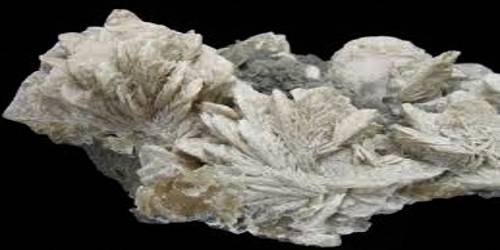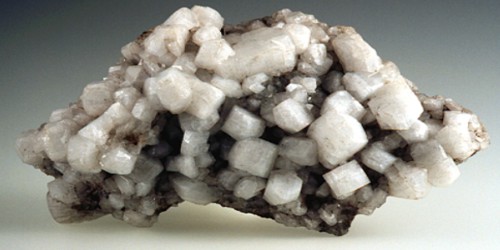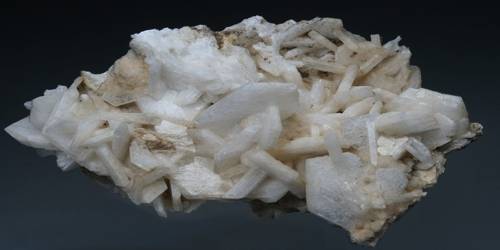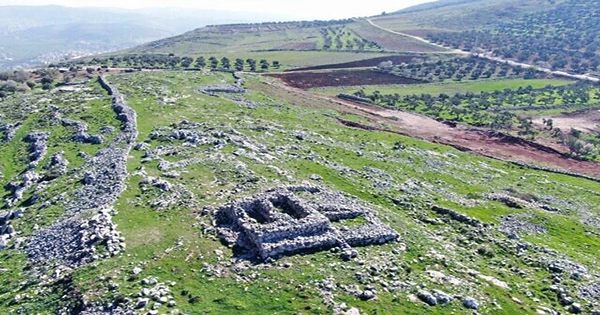Rural communities frequently rely on private groundwater wells in the western Great Basin’s dry and drought-stricken region due to the scarcity of surface water. Private well water quality is uncontrolled, in contrast to municipal water systems, and a recent study found that over 49,000 well users in the area may be at risk of consuming water with harmful levels of arsenic.
The study, which was conducted by scientists from DRI and the University of Hawaii Cancer Center and was published on February 16, 2023, in the journal Environmental Science and Technology, built a model to predict the likelihood of elevated arsenic in groundwater as well as the location and number of private well users who may be at risk using data from groundwater wells located throughout the western Great Basin.
According to the study, the Carson Desert basin (including the town of Fallon, Nevada), Carson Valley (Minden and Gardnerville, Nevada), and the Truckee Meadows (Reno), have the highest population of well users at risk. The new study expands on earlier research that found arsenic levels in 174 domestic wells studied in Northern Nevada were above the EPA threshold in 22% of cases.
“What we are finding is that in our region, we have a high probability for elevated arsenic compared to most other regions in the country,” said Daniel Saftner, M.S., a hydrogeologist at DRI and lead author of the study. “And we are seeing that geothermal and tectonic processes that are characteristic of the Great Basin contribute to the high concentrations of naturally occurring arsenic in the region’s groundwater.”
Community members can use our arsenic hazard map to see what the risk is at their location, which might motivate them to test their well water. Then, if they have high levels of arsenic or other contaminants, they can take steps to reduce their exposure, such as installing a water treatment system.
Monica Arienzo
The region’s mountains are also primary sources of arsenic. “As the arsenic-rich volcanic and meta-sedimentary rocks that form the mountains erode, sediment is transported to the valleys below,” says Steve Bacon, Ph.D., DRI geologist and study co-author.
Water percolating through the valley floor then carries arsenic into the groundwater. Shallow groundwater can flow uphill along faults and combine with deeper, older groundwater as well as geothermal waters, which tend to have higher arsenic concentrations.
“We really wanted to better understand the unique geologic factors that contribute to high arsenic in this study,” Saftner says. “It’s important for us to think about the role of the environment as it pertains to human health where we live can influence what our long-term health looks like.”
The research team used data from the Healthy Nevada Project, comprising water samples from 163 domestic wells mostly situated close to Reno, Carson City, and Fallon, to train and test the predictive model.
749 groundwater samples collected from the USGS National Water Information System were added to these data as a supplement. The model estimates the likelihood of elevated arsenic levels throughout the area using tectonic, geothermal, geologic, and hydrologic factors.
Although the U.S. EPA has set an arsenic concentration guideline of 10 µg/L for public drinking water, previous research has shown a range of health effects from long-term exposure to levels above 5 µg/L.
The model and map demonstrate that a large portion of the region’s groundwater, notably in western and central Nevada, is anticipated to have more than a 50% risk of having elevated arsenic levels using this value as the benchmark.
“Community members can use our arsenic hazard map to see what the risk is at their location, which might motivate them to test their well water,” says Monica Arienzo, Ph.D., associate research professor at DRI and study co-author. “Then, if they have high levels of arsenic or other contaminants, they can take steps to reduce their exposure, such as installing a water treatment system.”
The findings from this study are potentially useful for a range of different applications. “The results can be useful for water utilities or water managers who tap similar shallow aquifers for their water supply,” says Saftner, “as well as irrigation wells that source water from these aquifers.”
The study team intends to utilize their model to investigate the effects of extended arsenic exposure on health.
“Through the Healthy Nevada Project, genetic data and health records are paired with environmental data to help determine whether there are associations between the levels of arsenic in a community’s groundwater and specific health outcomes,” stated Joe Grzymski, Ph.D., research professor at DRI and principal investigator of the project.
















